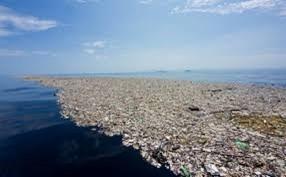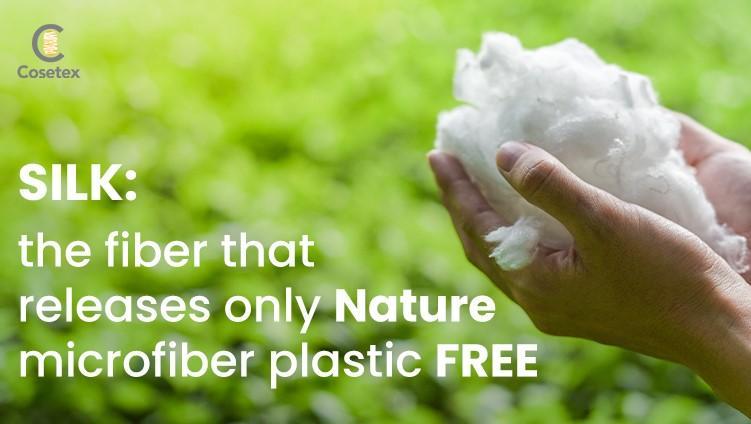Even at the North Pole there is an ocean of pollutants plastic microfibres
Even at the North Pole there is an ocean of pollutants plastic microfibres
A ‘plastic cloud’: silk to dissolve it.
Nowhere on our Earth, not even the North Pole, seems to be immune to the presence of polluting plastic microfibres, the origin of which is mainly from textiles (35/40%).
There are no solutions to this type of pollution,other than a real policy to reduce consumption and conscious purchasing choices aimed at textiles with genuinely sustainable, microplastic-free fibres: SILK.
A recent study on pollution
A thorough study concluded in January 2021 published in Nature, “Pervasive distribution of polyester fibres in the Arctic Ocean (Peter S. Ross, Stephen Chastain, Ekaterina Vassilenko, Anahita Etemadifar, Sarah Zimmermann, Sarah-Ann Quesnel, Jane Eert, Eric Solomon, Shreyas Patankar, Anna M. Posacka & Bill Williams)”, sounds yet another alarm bell a few days before World Oceans Day (8 June 2021).

We have become accustomed to islands of plastic waste floating in the oceans and we are probably not yet aware of the enormous problem that lies beneath the surface, caused by the plastic microfibres, which can destroy life in the water and gradually enter the food chain.
“With polyester fibres we have created a cloud in all oceans” Peter Ross Professor of Atmospheric and Ocean Sciences at the University of British Colombia.
The recently published study, is based on sampling carried out on 71 stations in the European and North American Arctic with tests on water columns taken up to 1015 metres in the Beaufort Sea and the entire Arctic Sea:
- Ninety-two percent of the pollution in the eastern part of the Arctic Sea (which receives water from countries bordering the Atlantic via currents) is caused by synthetic fibres (73% by polyester fibres, 8% by nylon and 3% by polypropylene and polyethylene).
- 878 tonnes of plastic microfibres spilled into the US and Canada from washing operations alone (study commissioned by 4 major clothing brands Patagonia, MEC, REI and Arc’teryx)

A very subtle and invisible pollution, consisting of fibres that are not visible to the naked eye:
- Not intercepted by purification filters;
- Easily digested by living forms;
- Collectors and aggregators of other pollutants;
- Non-degradable;
- Destructive to marine ecosystems;
- Quantitatively ubiquitous;
- Highly damaging to health.
Possible solutions to the pollution problem

The solutions to this enormous pollution and health problem must be based on the only valid criteria for real sustainability: reducing consumption, reducing the number of garments offered and purchased, providing more information, analysis and awareness of the problem, eliminating/reducing the fibres most responsible for pollution (synthetic fibres), using fibres with a lower environmental impact and returning to natural fibres.
Silk, the fibre from nature and that combats greenhouse gases.

